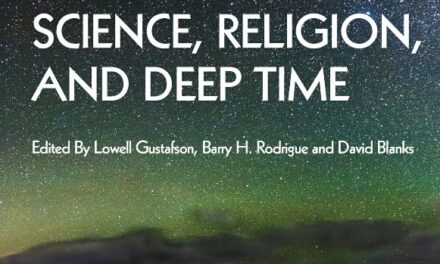What Came Before the Big Bang?
Click for this Resource!
This article appeared in the Special Collector’s Edition of Scientific American, Fall 2014
Einstein’s general theory of relativity says that the universe began with the big bang singularity, a moment when all the matter we see was concentrated at a single point of infinite density. But the theory does not capture the fine, quantum structure of space time, which limits how tightly matter can be concentrated and how strong gravity can become. To figure out what really happened physicists need a quantum theory of gravity.
According to one candidate for such a theory — loop quantum gravity — space is subdivided into “atoms” of volumen and has a finite capacity to store matter and energy, thereby preventing true singularities from existing.
If so, time may have extended before the bang. The prebang universe may have undergone a catastrophic implosion that reached a point of maximum density and then reversed. In short, a big crunch may have led to a big bounce and then to the big bang.
- Original Release Date (Year): 2014
- Used by people who call the work: Cosmic Evolution
- Learning Stages: Adult Education, Higher Education, Lifelong
- Type: Article
- Keywords: inflation,
- Link to Resource: Click here
- Posted By: Jennifer Morgan
- Date Added: August 12, 2014










